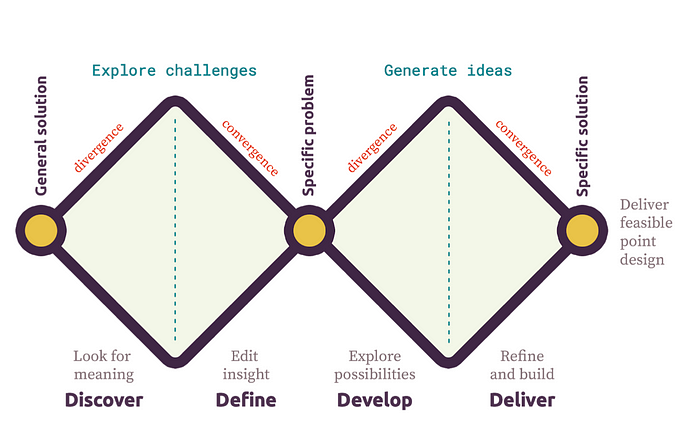Member-only story
How to conduct user interviews

User interviews are a core user experience method. They are a great way to gain foundational knowledge about the problems your users are facing. And a lot of people mess them up.
User interviewing isn’t just chatting with people. It’s not just asking them what they like and dislike. User interviewing is about trying to get to the core of what a user is trying to do and what their problems are.
User interviewing needs to be approached with proper rigor and respect. A lot of people think a user interview is just an informal chat with a person to run an idea or prototype past them. This is false. That is garbage.
User interviews need to be rigorous. The questions need to be well thought out and purposeful, otherwise you won’t get data worth acting upon. The only thing worse than no data is bad data.
User interviews are a foundational user-centered design method that is best early on in the process, before you have an idea and prototypes. Usability testing and other methods are better for getting feedback from users on prototypes later on in the design process.
User interviewing is also not about asking people want they want you to build or do. It’s not even about asking them what they want. User interviewing is about learning what a user is trying to do and understanding what is and isn’t working for them.
If you ask users to design your products for you, you’ll end up with the Homer Simpson Car.
User interviewing is a good method for figuring out users’ problems. User-centered design and design thinking are all about making sure we identify the correct problems and then figuring out how to solve them for people.
The first part of the double diamond of design is to figure out what the true problem is. Product managers and others will often give you symptoms not the actual problem. User interviews can help make sure you are even solving for the correct problem.

You’ll notice that working with users is my first guideline for thoughtful product design, and user interviewing is a great way to work with users.

